new deck
paulsmth2
9 years ago
Related Stories

MOST POPULARWhat to Know About Adding a Deck
Want to increase your living space outside? Learn the requirements, costs and other considerations for building a deck
Full Story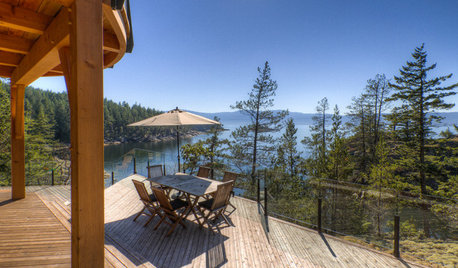
DECKSDecking Materials Beyond Basic Lumber
Learn about softwoods, tropical hardwoods, composites and more for decks, including pros, cons and costs
Full Story
GARDENING AND LANDSCAPINGChoosing a Deck: Plastic or Wood?
Get the pros and cons of wood, plastic, composite and more decking materials, plus a basic price comparison
Full Story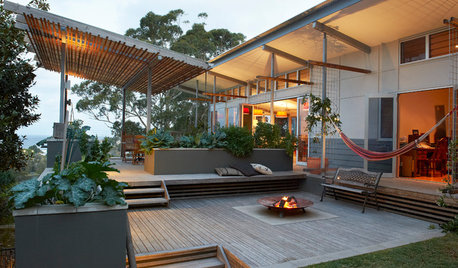
GARDENING AND LANDSCAPING17 Ways to Work a Deck
Layer it, bump it out, wrap it around a tree. Get inspiration with these ideas for adding a deck to your yard
Full Story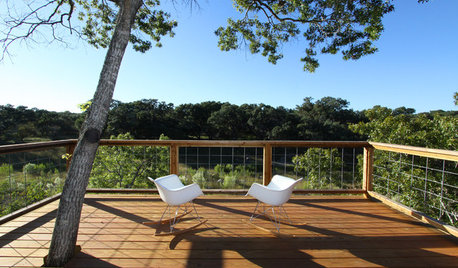
GREAT HOME PROJECTSHow to Refinish a Wood Deck
Keep your deck looking its best — and save feet from splinters — by applying a new stain and sealant every year or so
Full Story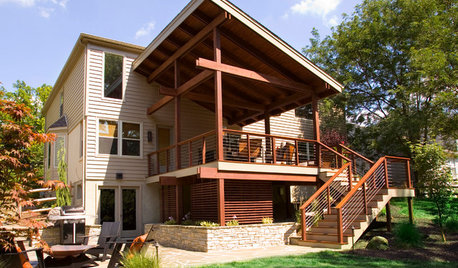
MOST POPULARSee the Difference a New Back Deck Can Make
A dramatic 2-story porch becomes the centerpiece of this Ohio family’s renovated landscape
Full Story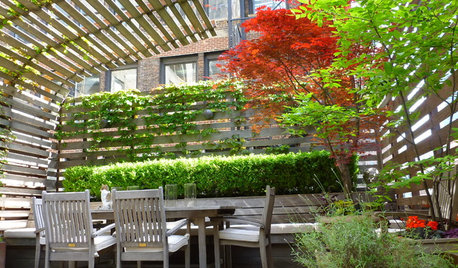
GARDENING AND LANDSCAPINGHouzz Call: Show Us Your Great Patio, Deck or Rooftop!
Give your patio a chance at the spotlight as we head outdoors for a new summer ideabook series
Full Story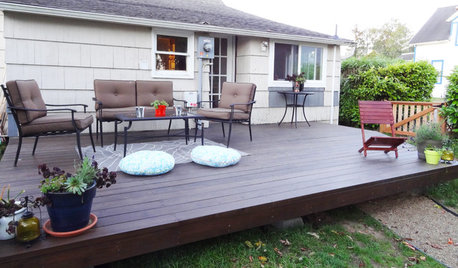
GARDENING AND LANDSCAPINGBuild a Beautiful Platform Deck in a Weekend
Create a polished outdoor space for entertaining by building a basic DIY platform deck in your own backyard
Full Story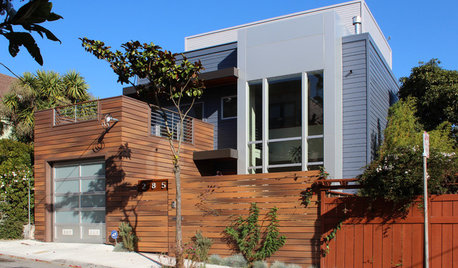
MATERIALSShould You Use Composite Timber in Your Landscape?
This low-maintenance alternative to wood is made from varying amounts of recycled plastic. Consider it for decks, fences and more
Full Story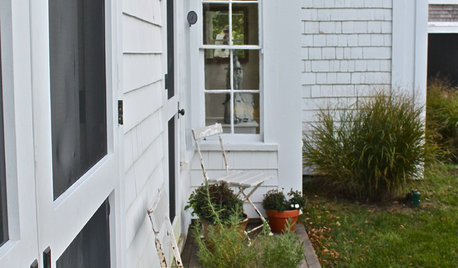
GARDENING AND LANDSCAPINGSmall Decks Hold Loads of Potential
Small slices of deck leave more room for a garden, a hot tub or a view. See how these small and even tiny decks make the most of their size
Full Story

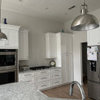


User
paulsmth2Original Author
Related Professionals
Arlington Kitchen & Bathroom Designers · Redmond Kitchen & Bathroom Designers · Bremerton Kitchen & Bathroom Remodelers · Channahon Kitchen & Bathroom Remodelers · Fort Myers Kitchen & Bathroom Remodelers · Honolulu Kitchen & Bathroom Remodelers · Ogden Kitchen & Bathroom Remodelers · Port Orange Kitchen & Bathroom Remodelers · Phillipsburg Kitchen & Bathroom Remodelers · Dothan General Contractors · Elmont General Contractors · Fridley General Contractors · Klahanie General Contractors · New Baltimore General Contractors · Wallington General ContractorsUser
ctnchpr
renovator8
paulsmth2Original Author
ctnchpr
paulsmth2Original Author
ctnchpr
scrappy25